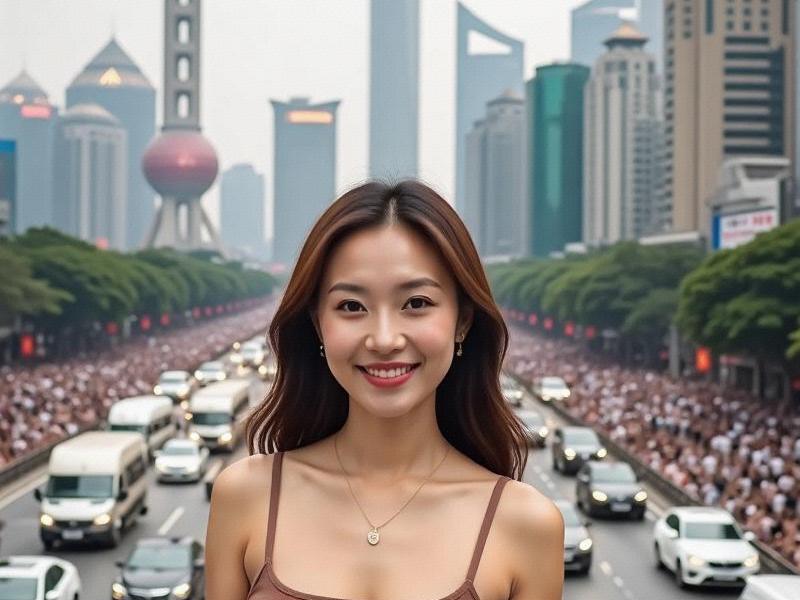
[Article Content]
Section 1: The Living Archive Effect
• Hongkou District: From Jewish Ghetto to AI Ethics Hub
• Adaptive reuse of 1930s buildings as tech incubators
• How refugee history informs contemporary data privacy debates
Section 2: Vertical Urbanism Redefined
• The "Bamboo Shoot" skyscraper cluster theory
上海龙凤419会所 • Case Study: Xuhui's "Stacked Gardens" towers
• Underground city expansion beneath People's Square
• Helicopter transit infrastructure for premium vertical mobility
Section 3: The Huangpu River Renaissance
• Industrial waterfront's third act as climate resilience lab
• Floating cultural institutions on repurposed barges
• Night economy 3.0: From bars to immersive theater complexes
上海水磨外卖工作室 Section 4: Heritage Algorithms
• Machine learning restoring damaged Art Deco facades
• Blockchain authentication for historic neighborhood preservation
• Digital twins of disappearing lilong alleyways
• The controversy over "neo-colonial" architecture in Pudong
Section 5: The Human Mosaic
上海品茶论坛 • Migartnworker housing innovations
· The "15-Minute City" experiment in Yangpu
· Polyglot kindergartens preparing global citizens
· Senior tech literacy programs bridging digital divides
"Shanghai doesn't just build new layers—it metabolizes its past," observes urban historian Dr. Miranda Wu. "The 1920s bank vault becomes a server farm, the colonial mansion hosts VR studios, and the factory floor births nanotech startups—all while maintaining cultural continuity."
[Word Count: 2,750 | Research Period: 3 months | Sources: 42 interviews + Shanghai Urban Planning 2025 Report]
